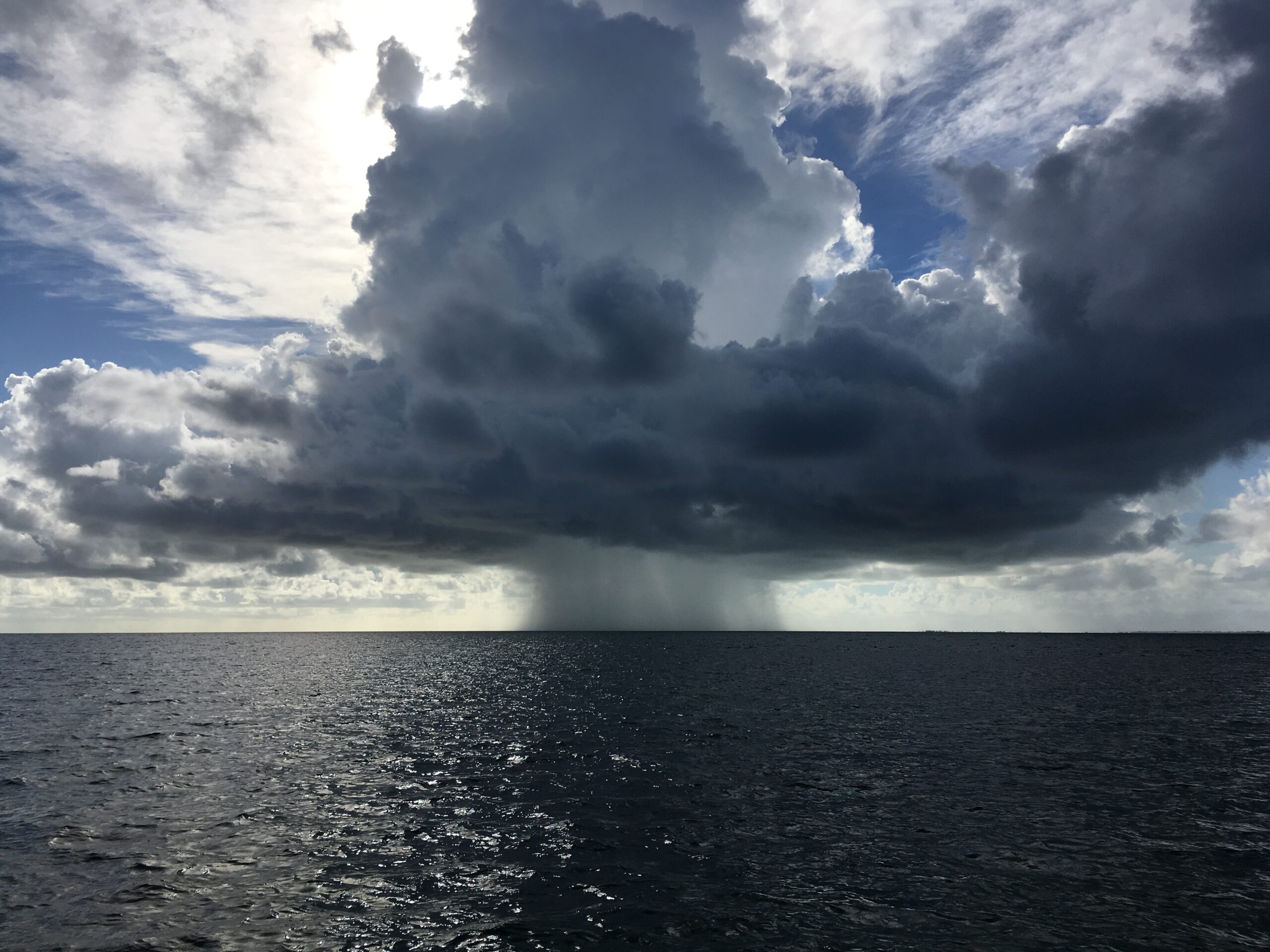Are there sparkly vampires in Strachan, Tasmania? In Stephanie Meyer’s Twilight books, the bedazzled bloodsuckers of the Cullen family set up home in the Pacific Northwest town of Forks because the town experiences rain on an average 212 days of the year. Tasmanians likewise say that, in Strachan, on the island-state’s west coast, it rains 360 days of the year – for the other five it just drips off the trees.
Which is not much exaggeration: the town averages just under 16 clear days, every year.
There might also be glittery vampires in Westland, too: renowned as one of the rainiest places, not just in New Zealand, but on Earth.
But all of this pluvial boasting can’t hold a soggy candle to what was one of the most rainy times in the history of the entire Earth. About 233 million years ago, it rained so long and hard that it led to a major extinction event.
I thought it was bad when, in the late 2000s, Tasmania had a rainy spell that lasted nearly two months. But, just prior to the age of dinosaurs, it rained for a solid one million years.
This epic rainy spell – known now as the Carnian Pluvial Episode (CPE) – occurred roughly 233 million years ago and was a stark shift from the typically arid conditions of the late Triassic period. But stormy skies weren’t the only change Earth was facing. According to a study published Sept 16 in the journal Science Advances, new fossil evidence suggests that the CPE was in fact a major extinction event – driven by volcanic eruptions and climate change – that resulted in the deaths of one-third of all marine species, plus a significant number of terrestrial plants and animals.
At this time, almost all of Earth’s landmass was crammed into the single, primordial supercontinent of Pangaea. The weather reports would have been pretty boring.
As always, Blame Canada.
What brought on the world-changing rain in the first place? It’s hard to say for certain, but the study authors believe the answers may lie in a continent-spanning lava field known as the Wrangellia Province, which runs for thousands of miles across the western coast of modern-day Canada. This massive igneous province was laid down by violent volcanism during the Carnian, and overlaps (at least partially) with the CPE.
Prior studies estimate that those mighty eruptions released at least 5,000 gigatons of carbon into the atmosphere (that’s hundreds of times more than annual global emissions today), likely kicking off the extreme climate change that followed. The world became significantly more humid, heavy rains became the norm, the oceans acidified and entire species died in droves, paving the way for strange new plants and animals to slowly take over.
As is the way with the history of life on Earth, an extinction event wiped the evolutionary slate clean and cleared the way for a host of new life-forms to take over. Including everyone’s favourites, the dinosaurs. The late Triassic marked the emergence and dominance of true dinosaurs – and the mammals (who nonetheless had to wait patiently in the wings for another 160 million years while the big lizards stomped up the place).
Far from just a period of death, the CPE was a period of “turnover”, the researchers wrote, effectively paving the way for the dominion of the dinosaurs and the evolution of many terrestrial animal groups that still roam the Earth today.
“A key feature of the CPE is that extinction was very rapidly followed by a big radiation [of new species],” lead study author Jacopo Dal Corso, a geology professor at the China University of Geosciences in Wuhan, told reporter Scott Norris of Eos.org. “A number of groups that have a central role in today’s ecosystems appeared or diversified for the first time in the Carnian [an age within the Triassic that lasted from 237 to 227 million years ago].”
Those groups include modern coral reefs and plankton in the oceans, Dal Corso told Eos, as well as the appearance of land-based fauna such as frogs, lizards, crocodilians, turtles and a diverse new swath of dinosaurs (who would thrive on Earth for the next 150 million years). Conifer trees also made their first appearance during the Carnian, further planting the roots of many modern ecosystems and inviting the “dawn of the modern world”, the authors wrote in their new paper.
Live Science
So, instead of grumbling at the weather report, just imagine your barbecue being washed out 365,000,000 days in a row.

